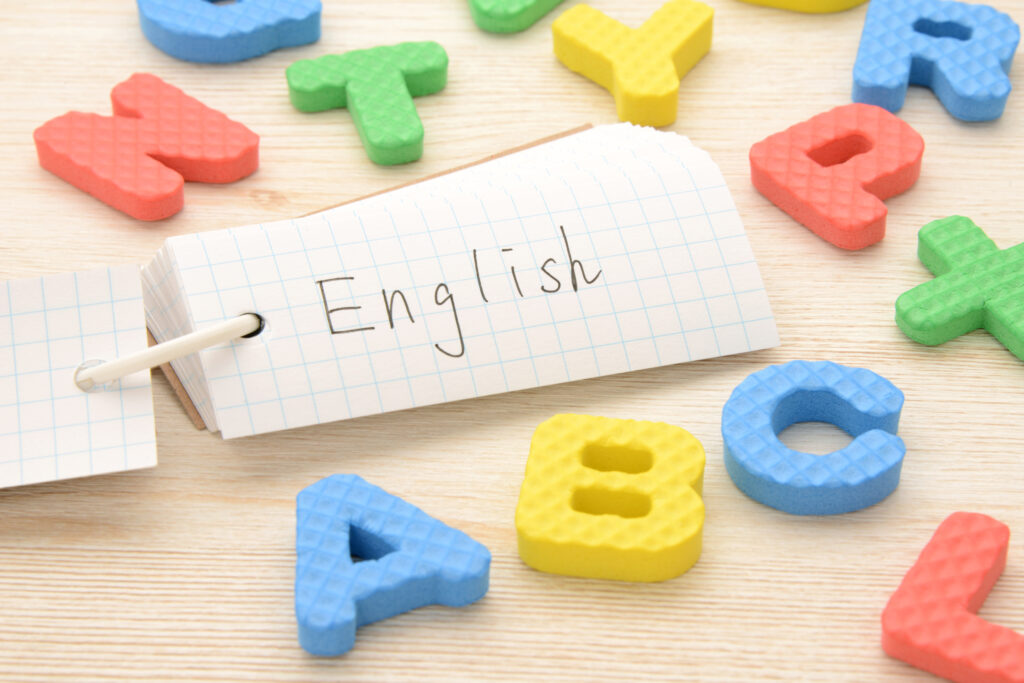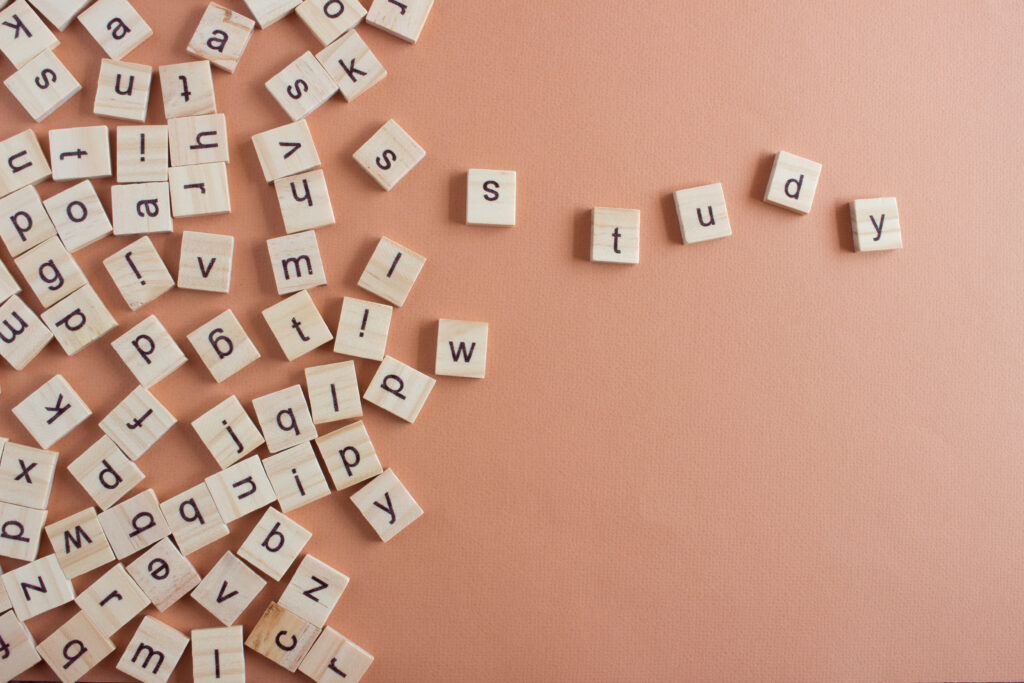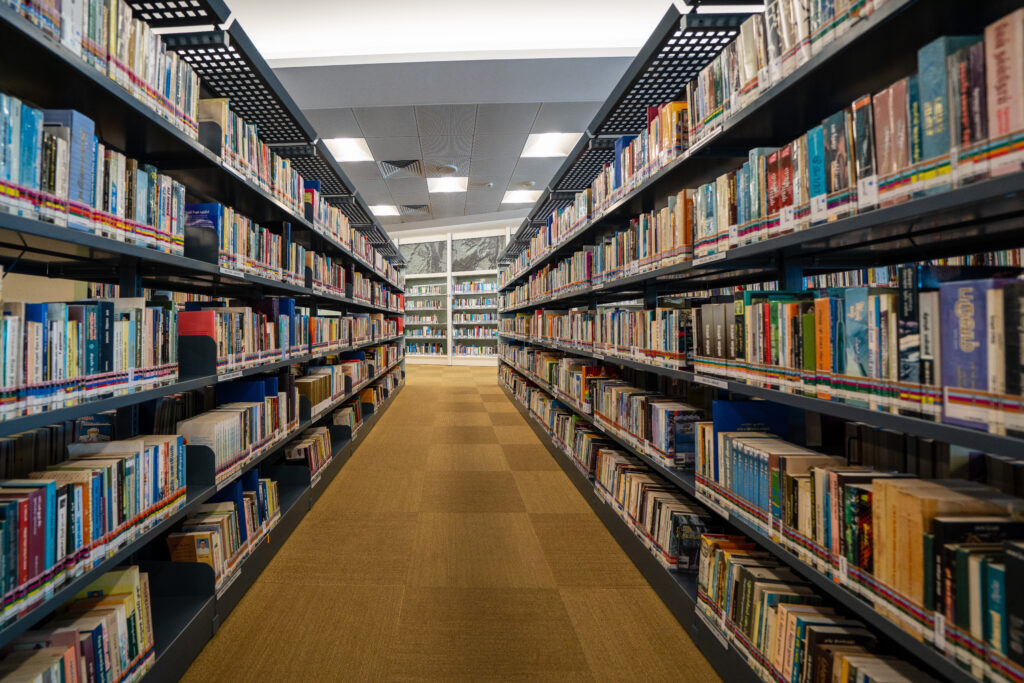What should your child expect in Year 2 English?
If you’re looking to learn more about the Australian Year 2 English Syllabus, you’ve come to the right place! We’ve provided a brief run-down about its key learning areas, achievement standards, and some sample portfolios of what your child should be able to produce by the end of the year.
Let’s get right into it!
The Year 2 English Curriculum
#1: Language
#2: Literature
#3: Literacy
Year 2 Work Sample Portfolios
Standards for Year 2
Year 2 English Worksheets and Resources
Looking for English guides for other year groups?
If you have a child in a different year group to Year 2, we’ve also got guides for them! Have a look at our guides for the various year groups:
Year 1 | Year 3 | Year 4 | Year 5 | Year 6
Year 7 | Year 8 | Year 9 | Year 10
The Year 2 English Curriculum
Australia’s Year 2 English Curriculum consists of three main learning areas:
- Language
- Literature
- Literacy
These three strands are important for helping children to develop their skills in listening, reading, viewing, speaking, writing, and creating.
Students will engage with a variety of texts including oral texts, picture books, simple chapter books, rhyming verse, poetry, film, and dramatic performances. Whether it’s helping children to learn some unfamiliar vocabulary, or creating imaginative retellings, this curriculum is built to help strengthen your child’s communication skills!
#1: Language
The Language learning area deals with teaching language in a variety of forms for different purposes. This includes spoken, visual and written forms of language from different cultural backgrounds and Aboriginal and Torres Strait Islander communities.
Children will also learn how language is used with different groups of people and how it can express different qualities, such as by exploring expressions of politeness, emotive vocabulary, and language describing actions and consequences.
To help teach text structure and organisation, your child will learn how to identify topics, language features, themes, and features of traditional and screen texts. Some of the language features your child will learn are word associations, synonyms, and antonyms, as well as grammatical features like capital letters and commas.
Teachers will support your child in expressing and developing ideas through grammar, visual representations, and vocabulary. Your child will learn how to express ideas using compound sentences and explore texts and illustrations to understand nouns.
Illustrations will be used to identify how characters’ actions, reactions, speech and thought processes in narratives. Students will also learn how vocabulary can be used for different audiences and purposes.
Your child will also engage in activities about phonics and word knowledge to help their speaking, including recognising silent letters, learning about prefixes and suffixes, and breaking words into syllables.
To wrap it all up, your child will learn about:
- Different modes of communication
- The use of language with different groups
- Text structure and organisation
- Expressing and developing their ideas
- How to make complex sounds
#2: Literature
Literature focusses on teaching children how to respond to, examine, and create literature. To begin with, this learning area explores how characters reflect the contexts in which they were created by discussing Dreaming stories and cultural moral and teaching stories.
Students will be taught how to respond to literature by encouraging conversations about their different opinions of the characters, events, and settings of the texts they read. Children will also learn how to describe different features of texts and talk about their personal preferences.
Besides that, your child will also learn how to examine literature through discussions about characters, settings, language, and sound and word patterns.
They will learn how to describe settings, plots, and similarities and differences, as well as identify features of imaginary or fantasy texts. Additionally, they will also experiment with creating their own interpretations of poems, chants, rhymes, or songs.
Finally, your child will learn how to create literature by focussing on characters, setting and plot. They will learn how to create imaginative reconstructions of stories and poetry and build on their storytelling abilities to form different perspectives.
Students will also be encouraged to get creative by inventing their own speech, dialogue or behaviour for their favourite characters and imagining an alternative outcome.
In summary, your child will learn how to:
- Respond to literature
- Examine literature
- Create literature
#3: Literacy
The final learning area to focus on for Year 2 English is Literacy. This is an important area that focusses on interacting with other students, interpreting, analysing, and evaluating texts, and creating texts.
Students begin with discussing the contexts of texts and describing the similarities and differences between texts from different authors or cultures.
Children will work on interacting with each other by developing their listening, participation, and presentation skills. They will listen to remember and respond to detailed instructions and explore their own ideas and others in discussions.
Interactions in pair, group, and class discussions will include making positive statements and voicing disagreements, asking questions, and brainstorming ideas. Students will also learn how to deliver short presentations using more formal speech, and how to listen and respond to presentations by other students.
Teachers will support children in interpreting, analysing, and evaluating a range of imaginative, informative, and persuasive texts to identify the main purpose of a text.
As well as considering how audiences respond to texts, students will also learn how to read more complex texts using their learned contextual, phonetic, and grammatical knowledge. They will also use comprehension strategies to form meanings about text based on context, language, prior knowledge, and visual features.
In the end, your child will learn how to create short imaginative, informative, and persuasive texts using text structure, simple and compound sentences, and technical vocabulary. Not only will students learn how to write stories, but they will also learn how to re-read and edit their texts by using a dictionary and a word processing program.
Your child will also learn the technical skills of how to write legibly with pencil grip and posture, as well as using software programs to create texts.
Ultimately, your child will learn about:
- Texts in context
- Interacting with others by listening, participating, and presenting
- Interpreting, analysing and evaluating imaginative, informative, and persuasive texts
- Creating and editing texts
Year 2 English Work Sample Portfolios
For a clearer picture of what kinds of tasks and at what level your child may have to perform, check below for sample portfolios:
Year 2 English Achievement Standards
Here’s a dot point summary of the milestones your child is expected to achieve by the end of their Year 2 period:
Listening, reading and viewing:
- Understand how similar texts share characteristics by identifying text structures and language features
- Read texts with varied sentence structures, unfamiliar vocabulary, high-frequency sight words and images
- Monitor meaning and self-correct using knowledge of phonics, syntax, punctuation, semantics and context
- Use knowledge of letter-sound relationships to read words of one or more syllables with fluency
- Identify literal and implied meaning, main ideas and supporting detail
- Make connections between texts by comparing content
- Listen for particular purposes and manipulate sound combinations and rhythmic sound patterns.
Speaking, writing and creating:
- Use everyday language features and topic-specific vocabulary during discussions
- Explain preferences for aspects of texts using other texts as comparisons
- Create texts that show how images support the meaning of the text
- Create texts, drawing on their own experiences imagination and information they have learnt
- Engage in group and class discussions and make presentations
- Accurately spell words with regular spelling patterns and spell words with less common long vowel patterns.
- Use punctuation accurately, and write legibly using unjoined upper- and lower-case letters.
Year 2 English Worksheets and Resources
On the hunt for English worksheets and resources for Year 2 students? We’ve got some just for you!
Spelling Worksheets
Throughout your child’s studies, they’ll be developing their spelling skills, which are essential for communication. We’ve created a bunch of spelling lists just for Year 2 students.
Check them out below:
Download Printable Year 2 Spelling Words Worksheets
Punctuation Worksheets
In Year 2, your child will be learning more about punctuation to do with commas, apostrophes and capital letters. You can view the worksheets we’ve made for their year level below:
Download Printable Year 2 Punctuation Worksheets
Reading Lists
Unsure what books your child should be reading? Don’t stress — we have a list of books that are appropriate for their skill level that you can peruse.
Year 2 Recommended Reading List: Best Books for 6 and 7 Year Olds
Reading Comprehension
Understanding what is meant beyond just the words on the page is a skill that your child develops over time. We’ve created worksheets for different text types with a number of questions for your child to answer.
Download Printable Year 2 Reading Comprehension Worksheets
Looking for some extra help for your child with Year 2 English?
We have an incredible team of English tutors and mentors!
We offer tutoring and mentoring for students in Years K-12 in a variety of subjects, with personalised lessons conducted one-on-one in your home, online or at one of our state of the art campuses in Hornsby or the Hills!
Find your perfect Year 2 tutor Parramatta, or anywhere in Sydney! Build confidence with your Year 2 English North Shore Tutor!
Are you in Victoria? We have an awesome tutoring team including personalised tutoring in Essendon.
We’ve supported over 8,000 students over the last 11 years, and on average our students score mark improvements of over 20%!
To find out more and get started with an inspirational English tutor and mentor, get in touch today or give us a ring on 1300 267 888!
Ashley Sullivan is a Content Writer for Art of Smart Education and is currently undertaking a double degree in Communications (Journalism) and a Bachelor of Laws at UTS. Ashley’s articles have been published in The Comma and Central News. She is a film, fashion and fiction enthusiast who enjoys learning about philosophy, psychology, and unsolved mysteries in her spare time.






